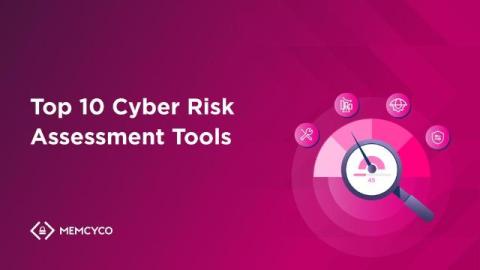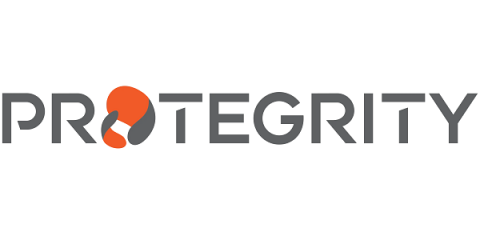Magecart Attack - Techniques, Examples & Preventions
Magecart attacks are a form of digital skimming that targets insecure websites to steal payment information. These attacks involve injecting malicious JavaScript code into e-commerce websites to steal sensitive information such as credit card details during the checkout process. The term “Magecart” originates from the attackers’ initial focus on Magento, a popular e-commerce platform, though their methods have since expanded to target various other platforms.











